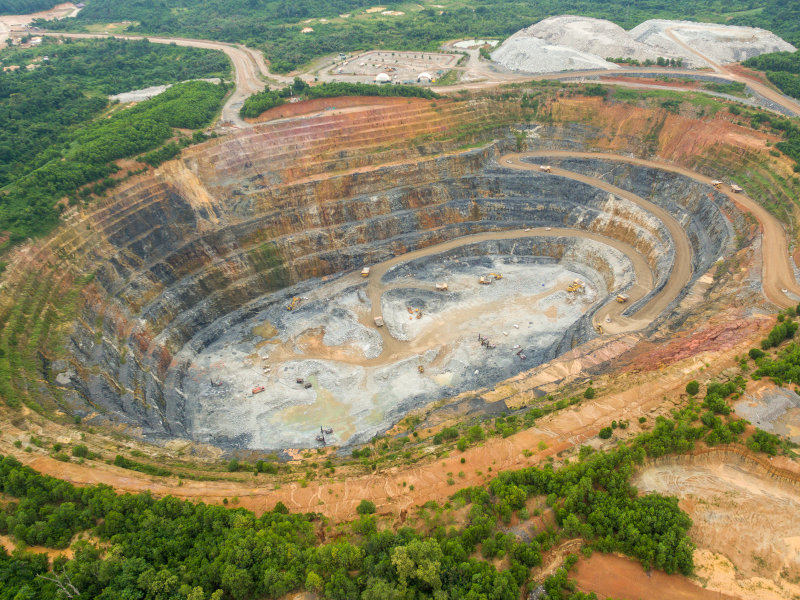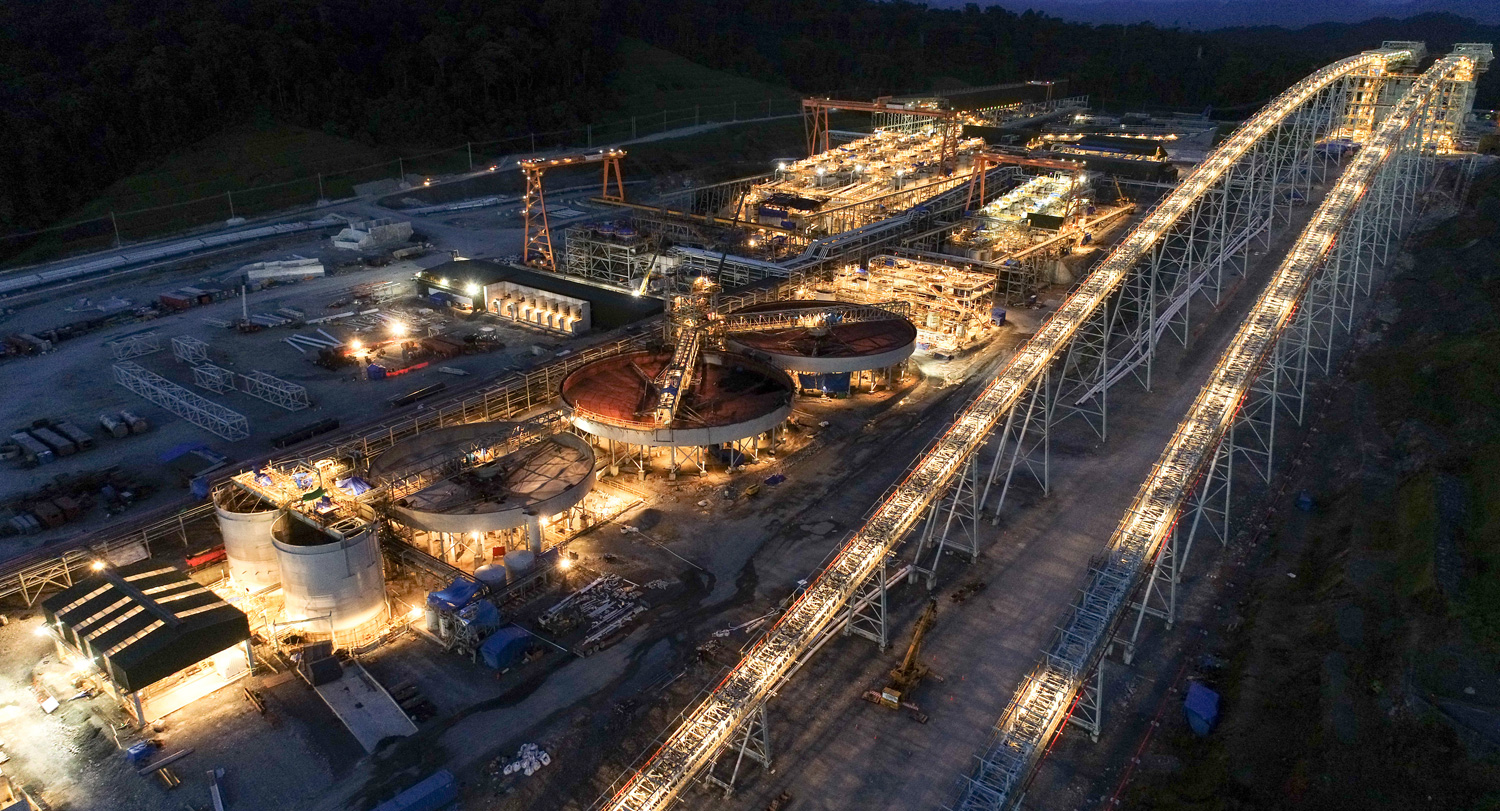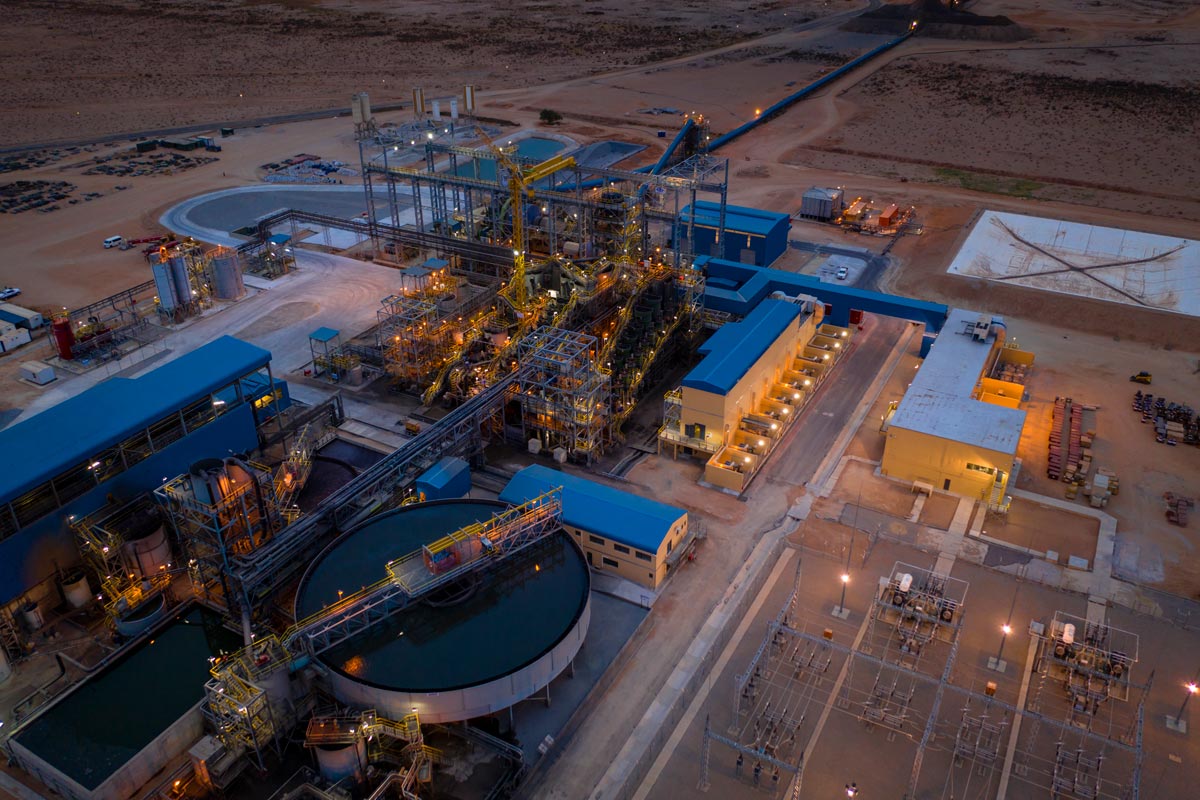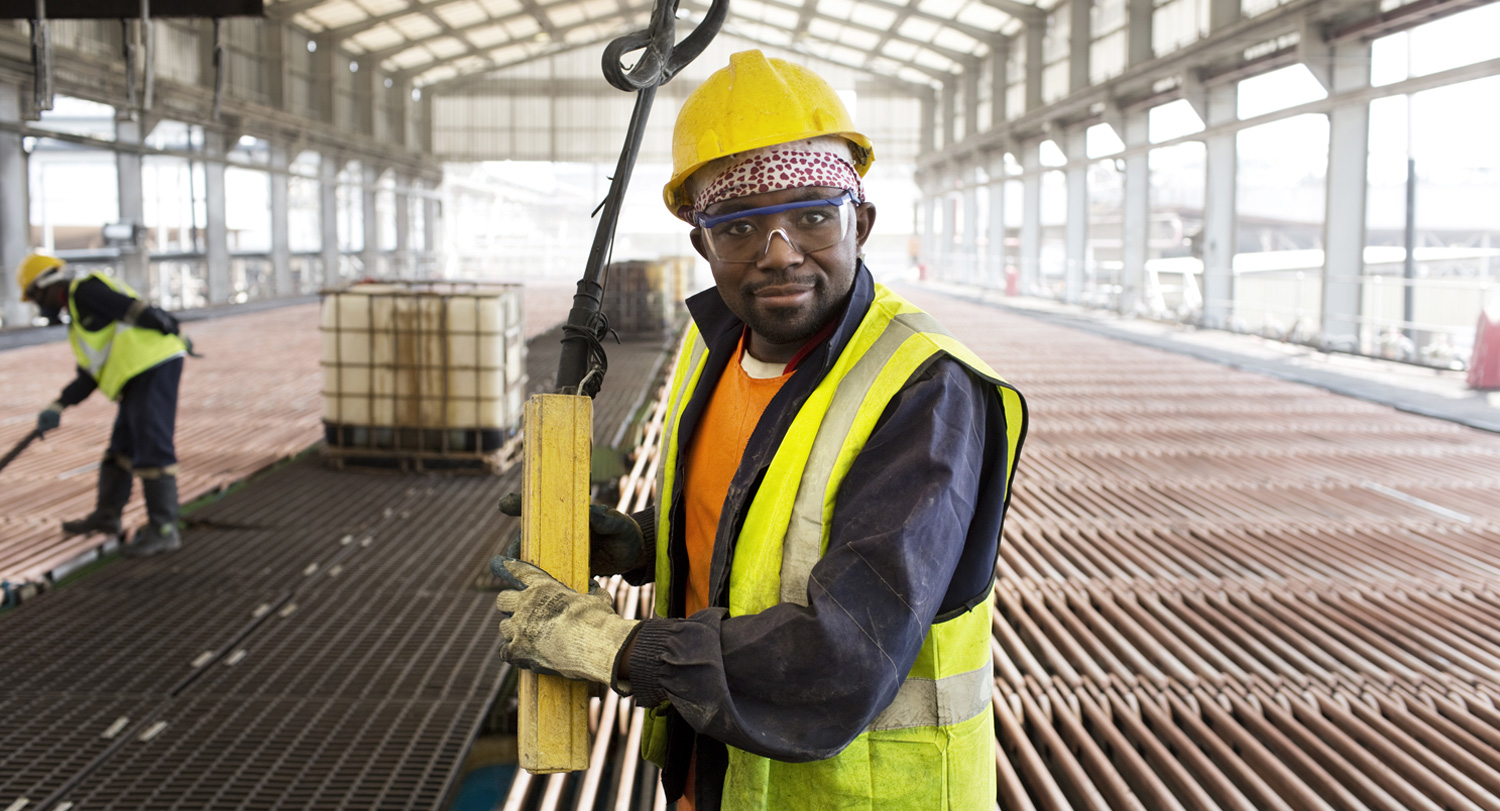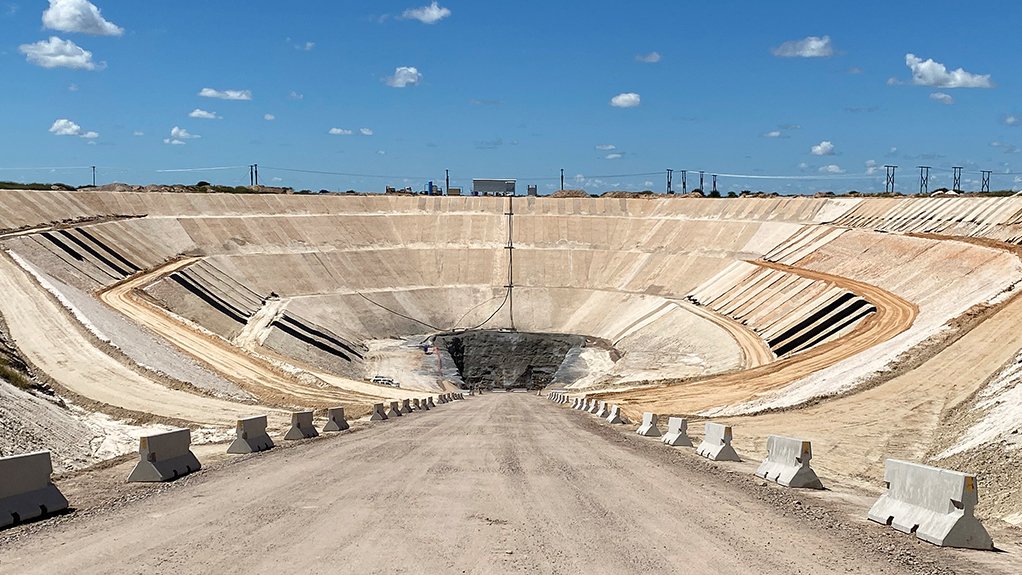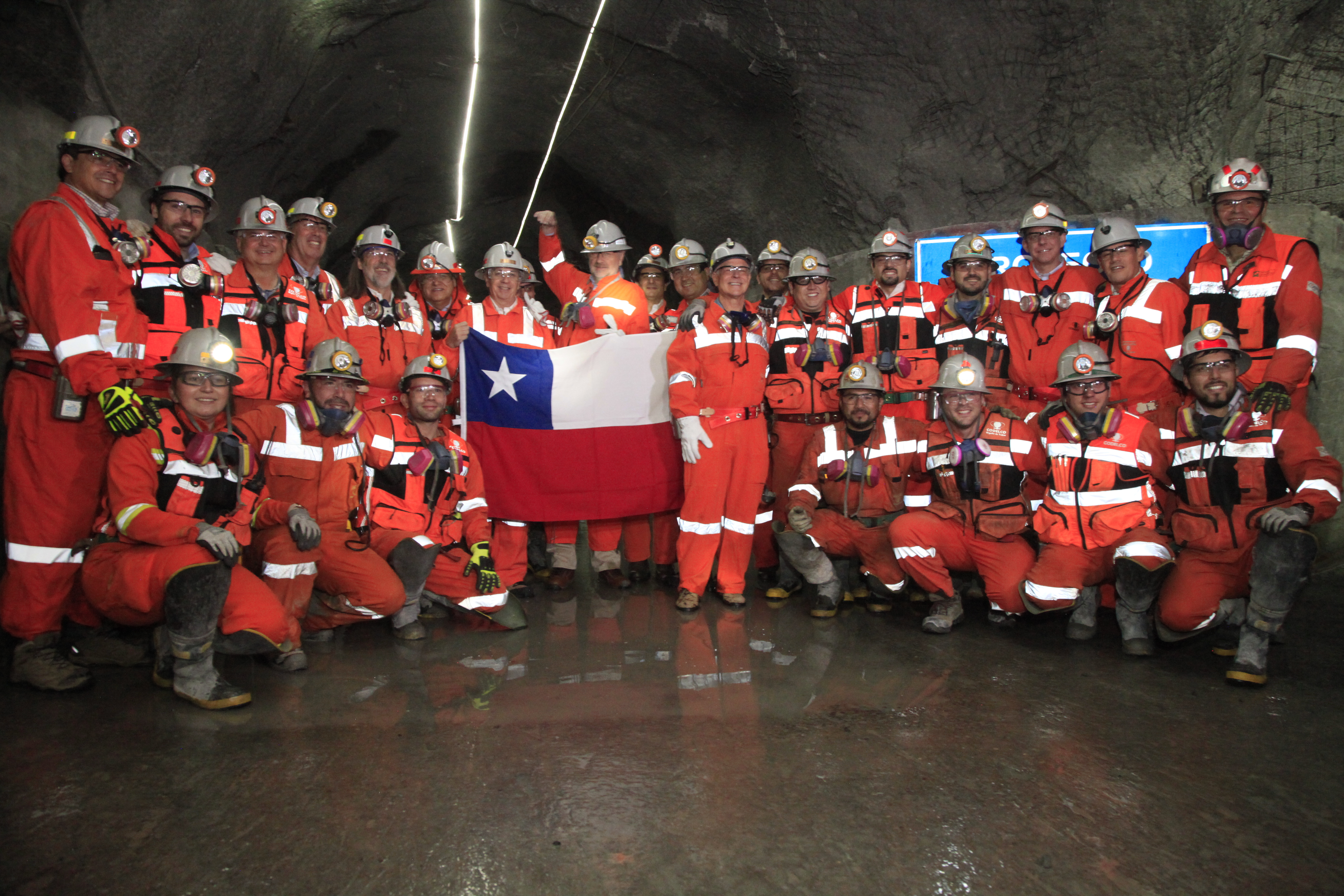
It has been a little over a decade since commercial mining began at the Canadian Malartic Mine in northwestern Quebec, Canada. With production of over 55,000 tonnes per day, the mine is not only the largest in Canada but one of the largest in the world. In 2020, however, the partnership behind the mine announced that it was going to begin construction of surface infrastructure and an underground exploration ramp, in a project known as the Odyssey project.



 OdysseyMine-March-2022 New-compressed.pdf
OdysseyMine-March-2022 New-compressed.pdf